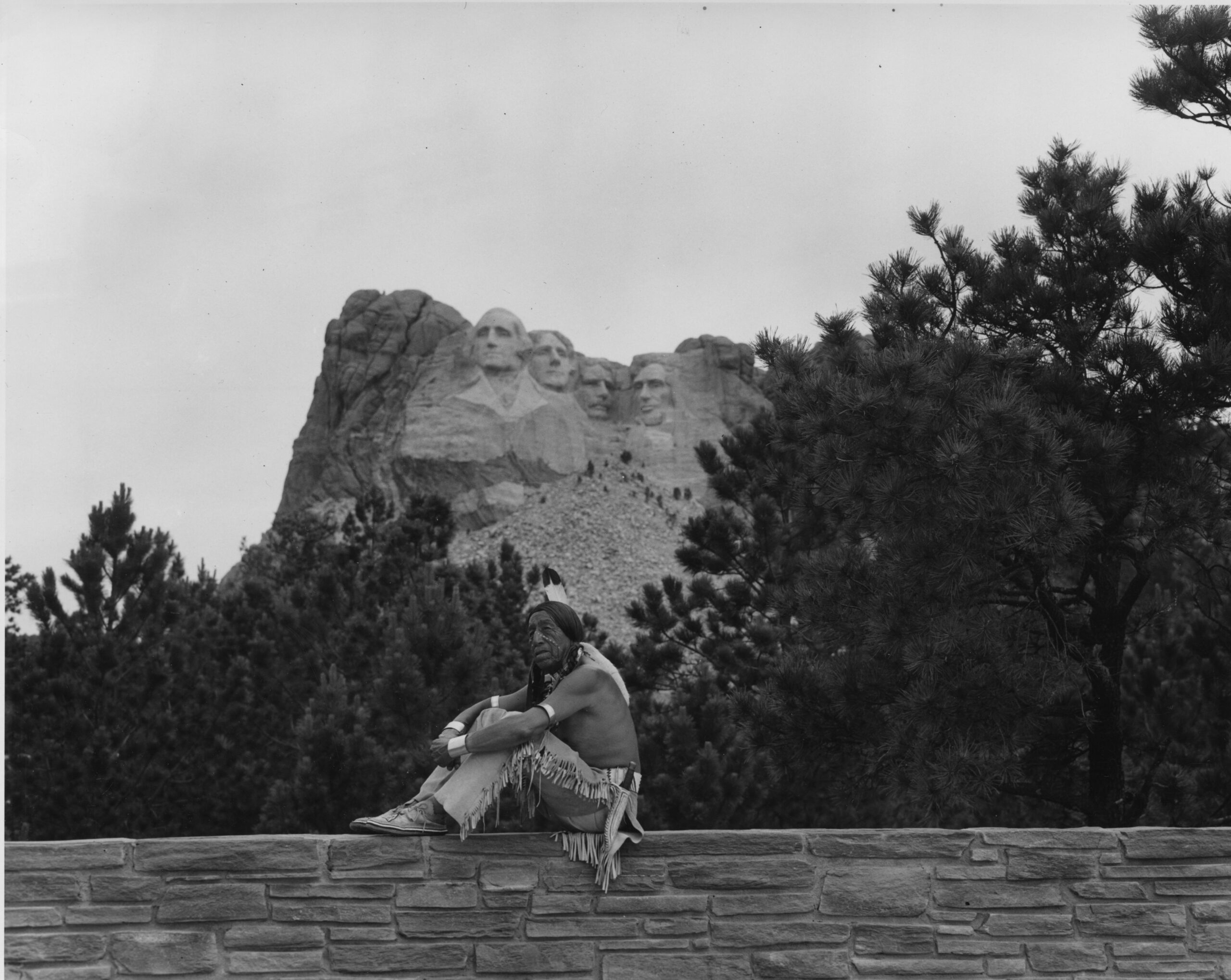Congratulations to the 2012 winners of Columbia University’s prestigious Bancroft Prize. The three historians, all AHA members, are Anne F. Hyde (AHA Council member and professor at Colorado College), Daniel T. Rodgers (Princeton University), and Tomiko Brown-Nagin (University of Virginia).
The Bancroft Prize is awarded annually by the trustees of Columbia to the authors of books of exceptional merit in the fields of American history, biography, and diplomacy. There were 175 books nominated for the 2012 award, all published in 2011. The presentation of the $10,000 prize, awarded to each of the winners, will take place next month.
Learn more about the winning books below, descriptions provided by publishers.
- Empires, Nations, and Families: A History of the North American West, 1800-1860 (University of Nebraska Press)
By Anne F. Hyde
Empires, Nations, and Families shows how the world of river and maritime trade effectively shifted political power away from military and diplomatic circles into the hands of local people. Tracing family stories from the Canadian North to the Spanish and Mexican borderlands and from the Pacific Coast to the Missouri and Mississippi rivers, Anne F. Hyde’s narrative moves from the earliest years of the Indian trade to the Mexican War and the gold rush era. - Age of Fracture (Harvard University Press)
By Daniel T. Rodgers
Age of Fracture offers a powerful reinterpretation of the ways in which the decades surrounding the 1980s changed America. Through a contagion of visions and metaphors, on both the intellectual right and the intellectual left, earlier notions of history and society that stressed solidity, collective institutions, and social circumstances gave way to a more individualized human nature that emphasized choice, agency, performance, and desire. - Courage to Dissent: Atlanta and the Long History of the Civil Rights Movement (Oxford University Press)
By Tomiko Brown-Nagin
The Civil Rights movement that emerged in the United States after World War II was a reaction against centuries of racial discrimination. In this sweeping history of the Civil Rights movement in Atlanta—the South’s largest and most economically important city—from the 1940s through 1980, Tomiko Brown-Nagin shows that the movement featured a vast array of activists and many sophisticated approaches to activism.
This post first appeared on AHA Today.
This work is licensed under a Creative Commons Attribution-NonCommercial-NoDerivatives 4.0 International License. Attribution must provide author name, article title, Perspectives on History, date of publication, and a link to this page. This license applies only to the article, not to text or images used here by permission.


